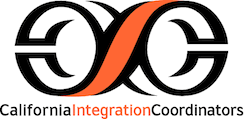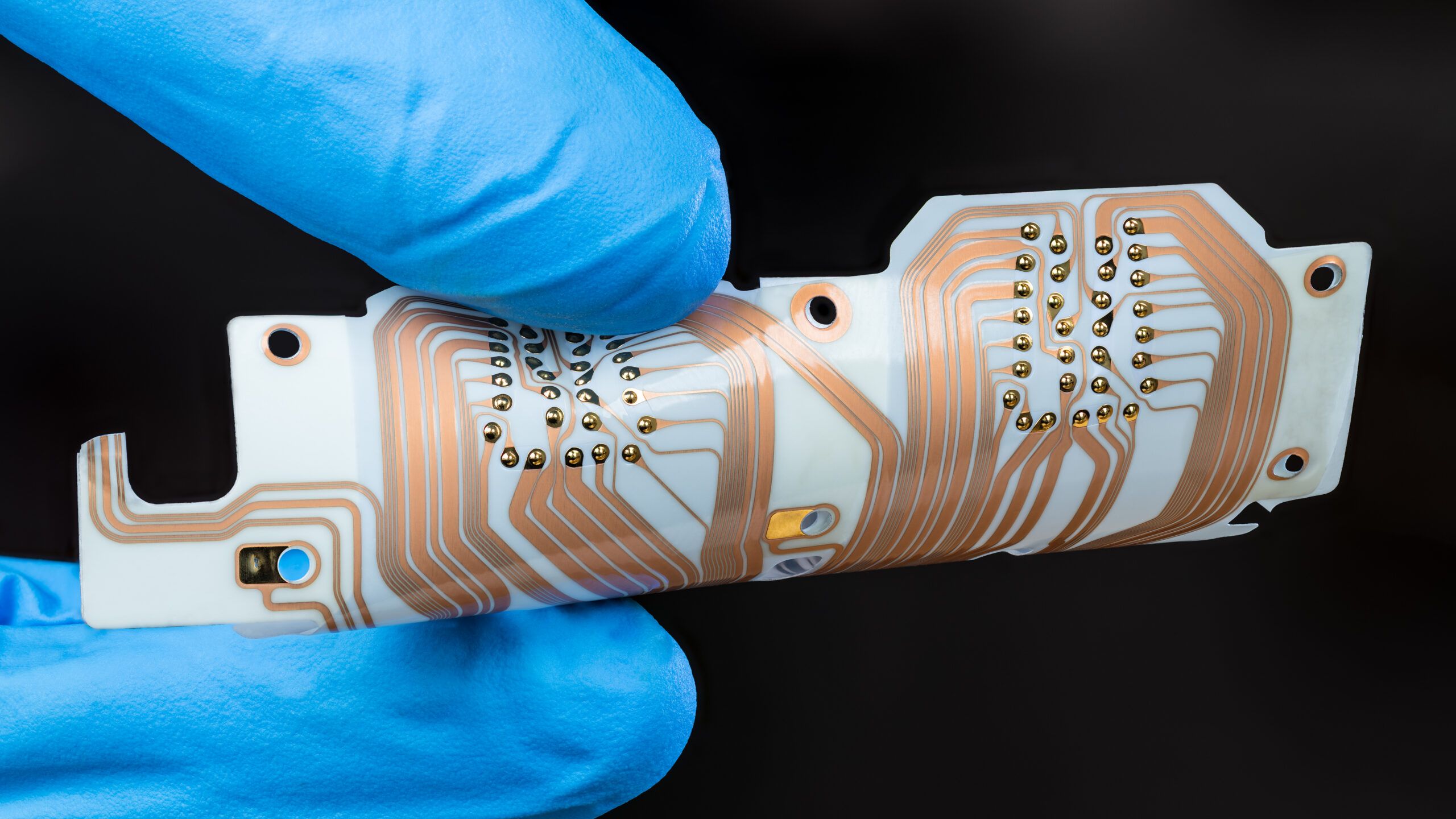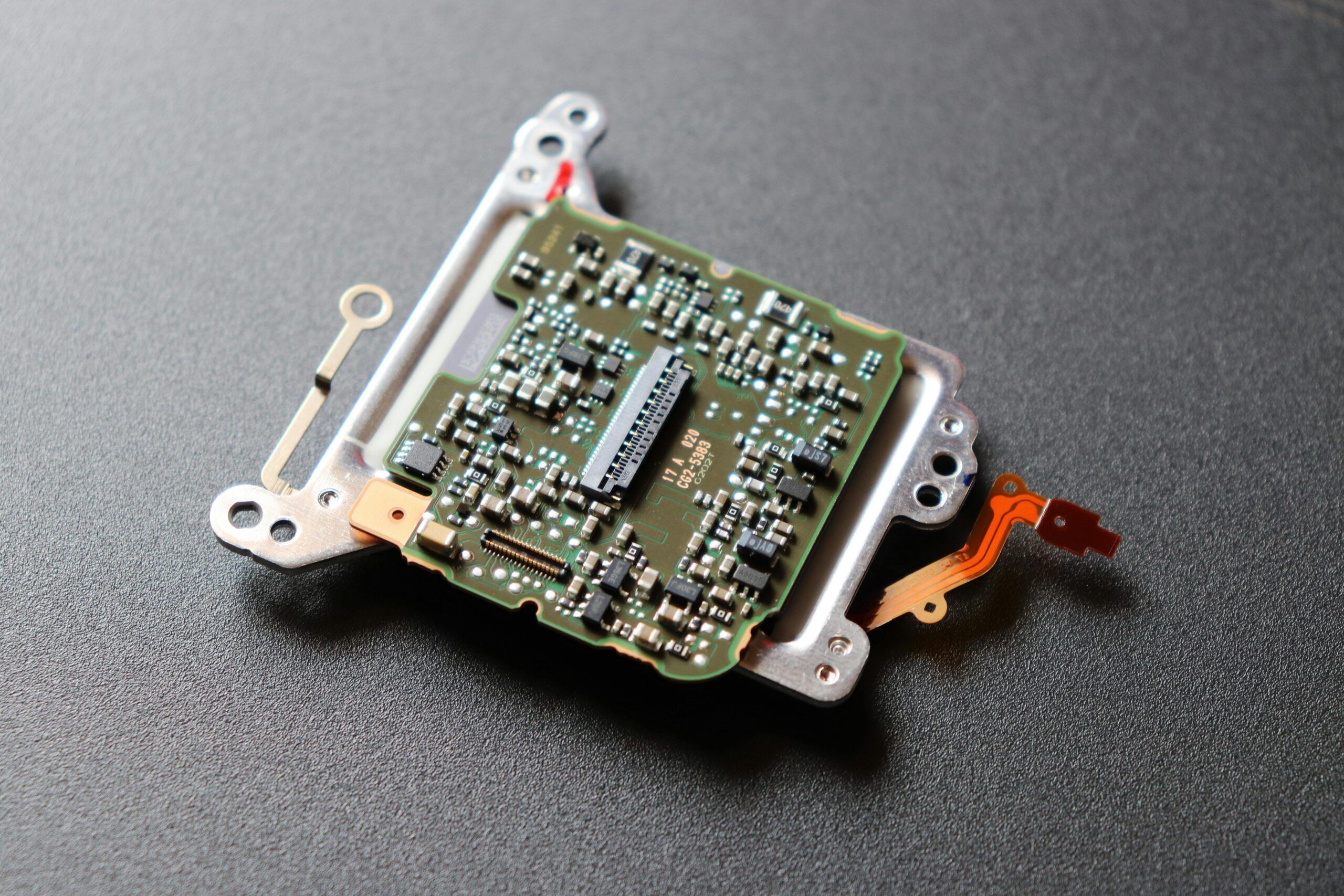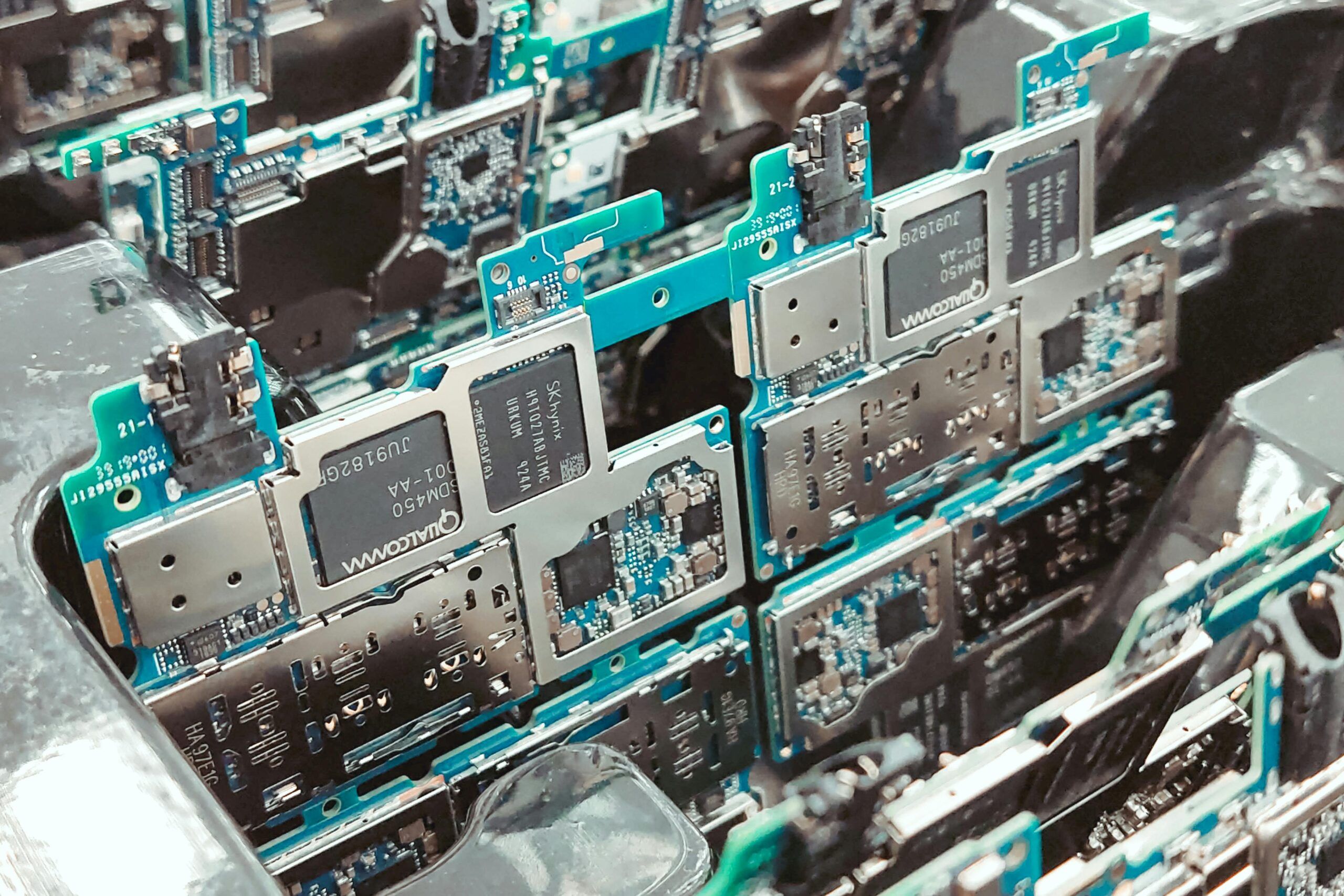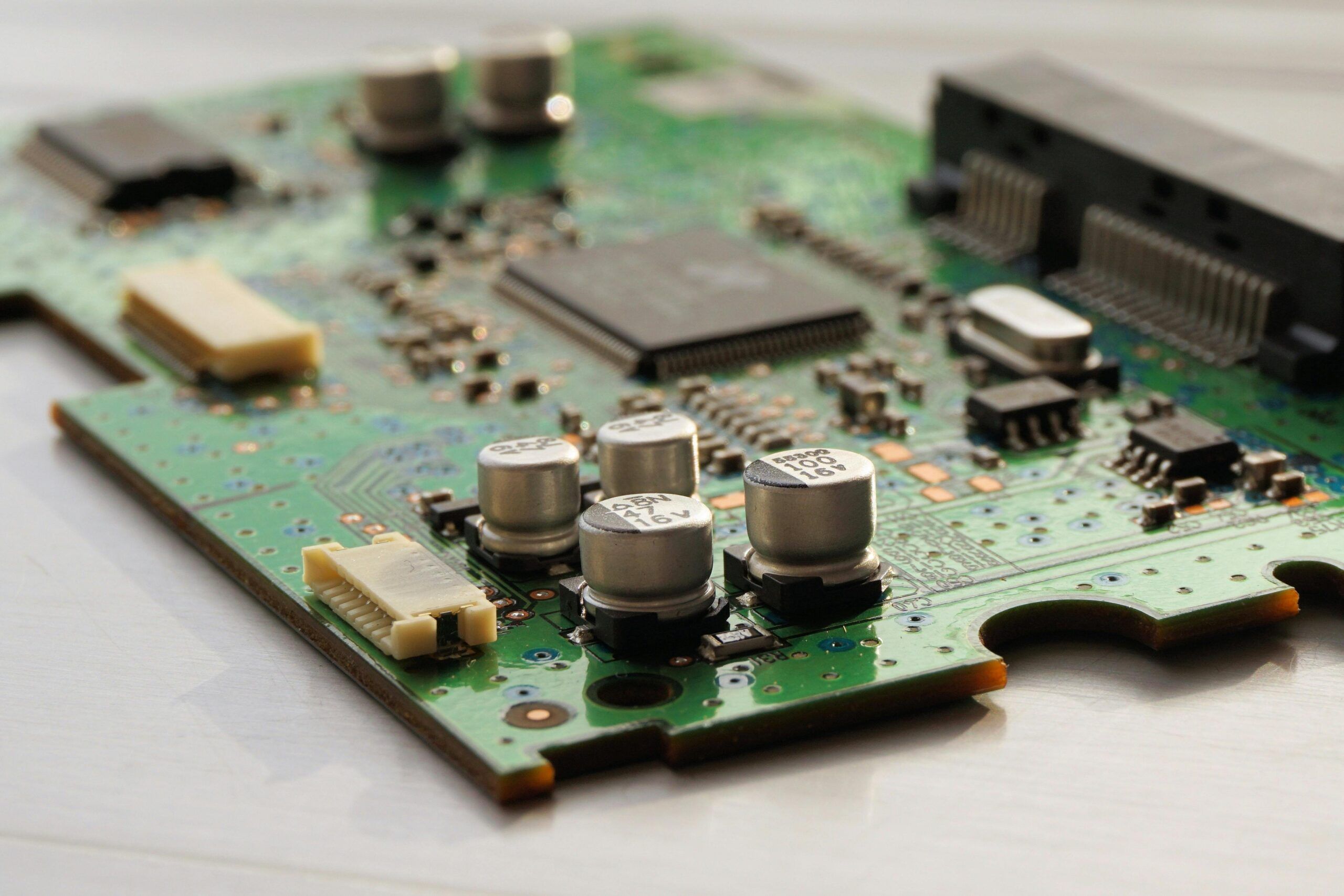In today’s fast-moving tech world, small is powerful. Whether it’s the smartwatch on your wrist, the fitness tracker in your pocket, or the sensor monitoring a patient’s heart rate, compact and flexible electronics are leading innovation. And behind many of these advances is a quiet hero: the flexible printed circuit board (FPCB).
Flexible PCBs offer unique design advantages that rigid boards simply can’t match. They bend, twist, and fold without breaking, making them ideal for devices where space, weight, and durability are critical. As industries race to create smarter, smaller, and more durable products, the demand for FPCBs has skyrocketed — particularly in wearable technology and the Internet of Things (IoT).
Why Flexible PCBs Are Gaining Ground
Traditional rigid boards work well when size and shape aren’t a major constraint. But today’s devices — from medical implants to smart clothing — require electronic components that can fit into tight, often irregular spaces. Flexible PCBs make that possible.
Some key advantages include:
-
Space Efficiency: Flex circuits can be folded or contoured to fit small enclosures, maximizing design possibilities.
-
Weight Reduction: Lightweight materials make devices easier to wear and carry.
-
Durability: Properly designed FPCBs can withstand movement, vibration, and dynamic stresses better than their rigid counterparts.
As the wearable and IoT markets continue to grow, the demand for flexible PCB solutions is expected to rise sharply — not just in consumer products, but in healthcare, automotive, aerospace, and defense applications too.
Challenges and Considerations
While flexible PCBs offer tremendous benefits, they also introduce new design and manufacturing challenges. Designers must account for bending radii, material selection, and layer construction to ensure durability and functionality over time. Assembly processes also need to be tightly controlled to prevent damage during handling.
Component sourcing adds another layer of complexity. Many flexible designs require specialized materials or components with unique size and performance specifications — meaning sourcing mistakes can cause major delays or performance issues.
This is why working with experienced partners is critical. Manufacturers and supply chain coordinators need deep expertise in material selection, component sourcing, and kitting for flexible builds.
How CIC Supports Flexible and Advanced Builds
At California Integration Coordinators, we stay ahead of industry trends to help our customers bring cutting-edge products to life. Whether you’re developing a next-generation wearable or an innovative IoT solution, we can help you:
-
Source hard-to-find components quickly and reliably
-
Provide expert kitting and material preparation for specialized builds
-
Connect you with high-quality PCB and assembly partners for flexible projects
As flexible electronics continue to transform the industry, we’re here to help you move faster, smarter, and with greater confidence.
Thinking about your next flexible or IoT-driven project? Let’s talk about how CIC can help you stay ahead.
